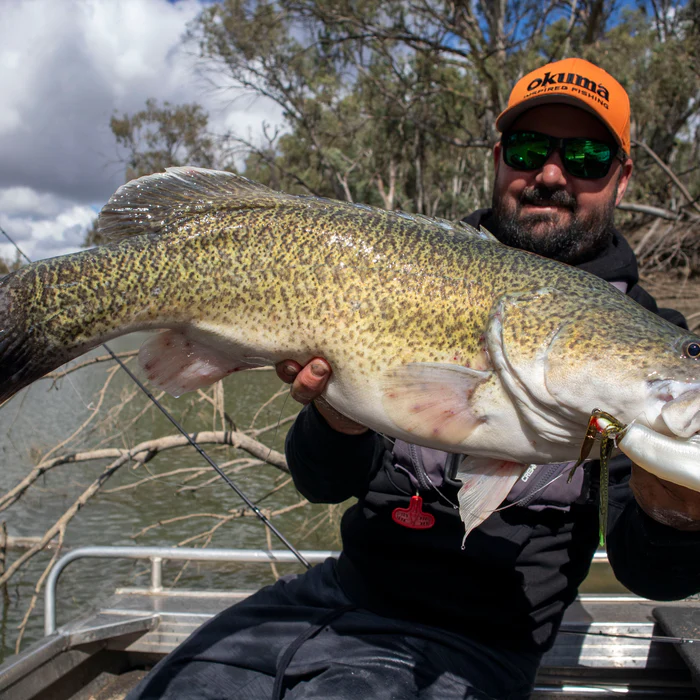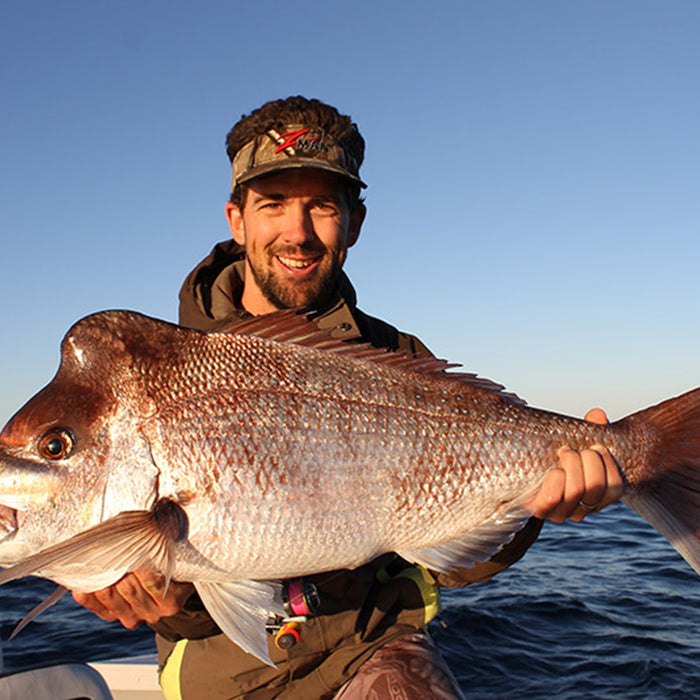
How to Fish ChatterBaits
In this article we break down the ChatterBait design, what makes it such an effective fish catcher, how and where to fish it, and take a closer look at a couple of ZMan ChatterBait additions that are perfect for our local species, right down to the Aussie Custom Colour range.













